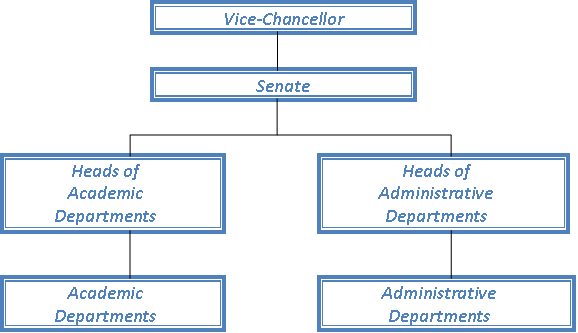Reference no: EM13980
Case Study: A new campus for the University of Rummidge
A chance meeting between the leader of the town council of Splot and the Vice Chancellor of the University of Rummidge started a project that would lead to the opening of a new campus in Splot.
This appeared to be an ideal opportunity for both parities- the university was unable to expand further on its existing site, due to local planning restrictions. This was despite having a well-known brand name in the market, particularly for management education. The town was in the process of applying to become a city, a status that would confer additional prestige on the area and almost certain political success for whoever could make it happen. It had been the recipient of around €4 billion of investment in recent years, from leading-edge companies in the automotive and electronics sectors.
These new firms were providing a major demand for a wide variety of higher education services that the existing institutions were incapable of providing. Local unemployment was virtually zero and firms were having problems recurring for all types of work.
A number of opportunities presented themselves to the Splot council. These included setting up their own university, in conjunction with local businesses, and accessing a remote provider through a virtual campus. The first was rejected on the grounds that they did not have the expertise to do this and the second on the basis that despite the low unemployment and prevalence of high-technology industries, the majority of the people of Splot did not have internet access. The availability of school premises in the middle of the town, which could be readily converted into a campus and which was in an area prioritized for redevelopment,
sealed the decision. Shutting down the school was a decision eased by falling numbers of pupils.
For the University of Rummidge, there were likewise other options. Expansion into areas that would relieve the dependence on government funding was always a priority, and operations beyond the physical limitations of the campus were increasingly attractive. Internet-based activities were an option for investment, but there were other initiatives in place to promote these. In addition, forming direct relationship with one or more of the large companies in the area for provision of integrated higher education services was considered. The university's management team favorably viewed the opening of a new campus.
In order to progress the work, a joint venture organization entitled ‘The University of Rummidge in Splot' was established with the brief to ‘explore all the various options that will permit the establishment of a permanent and physical presence by the University of Rummidge in Splot'.
Six months later, the joint venture organization reported, recommending to both the University and the council that the school premises be converted ready fro courses to be run the following September.
A budget for the conversion of the premises and establishment of the campus (including provision of library and IT facilities) of €15 million was suggested and funding was underwritten by both organisations, subject to grants being approved from central government and sponsorship being obtained from local companies.
The main part of the project is now about to start and the team has 12 months to get the new facilities staffing and all the necessary support services ready. Academic staff at Rummidge is not impressed by this move as much of the negotiation has taken place without their input. Moreover, Splot is around a one-hour drive from Rummidge, traffic permitting.
There are also significant reservations about the locations of the campus in a relatively run-down district of the town and whether there will be sufficient buy-in from local people to make it worthwhile.
In addition, there was debate as to whether courses (both undergraduate and postgraduate) would be run at both sites and whether there would be resources available to assist with the workloads of the departments (both academic and administrative) caused by the new courses. Some of the administrative departments were also unclear as to how the new campus would affect their workloads. The organizational structure is shown in outline in Figure 1.

Figure 1: The Organizational structure
1. What are the strategic objectives for each of the organisations involved? Are there any conflicts in these objectives?
2. There are many projects that will be taking place in the process of opening the new campus. How might running them as a programme help the chances of success?
3. Who are the key stakeholders in such a project? Use one of the maps as in figure 1 to show how each group should be managed
4. How might a project office be of use in this case ?
5. What would appropriate success measures be for the project?